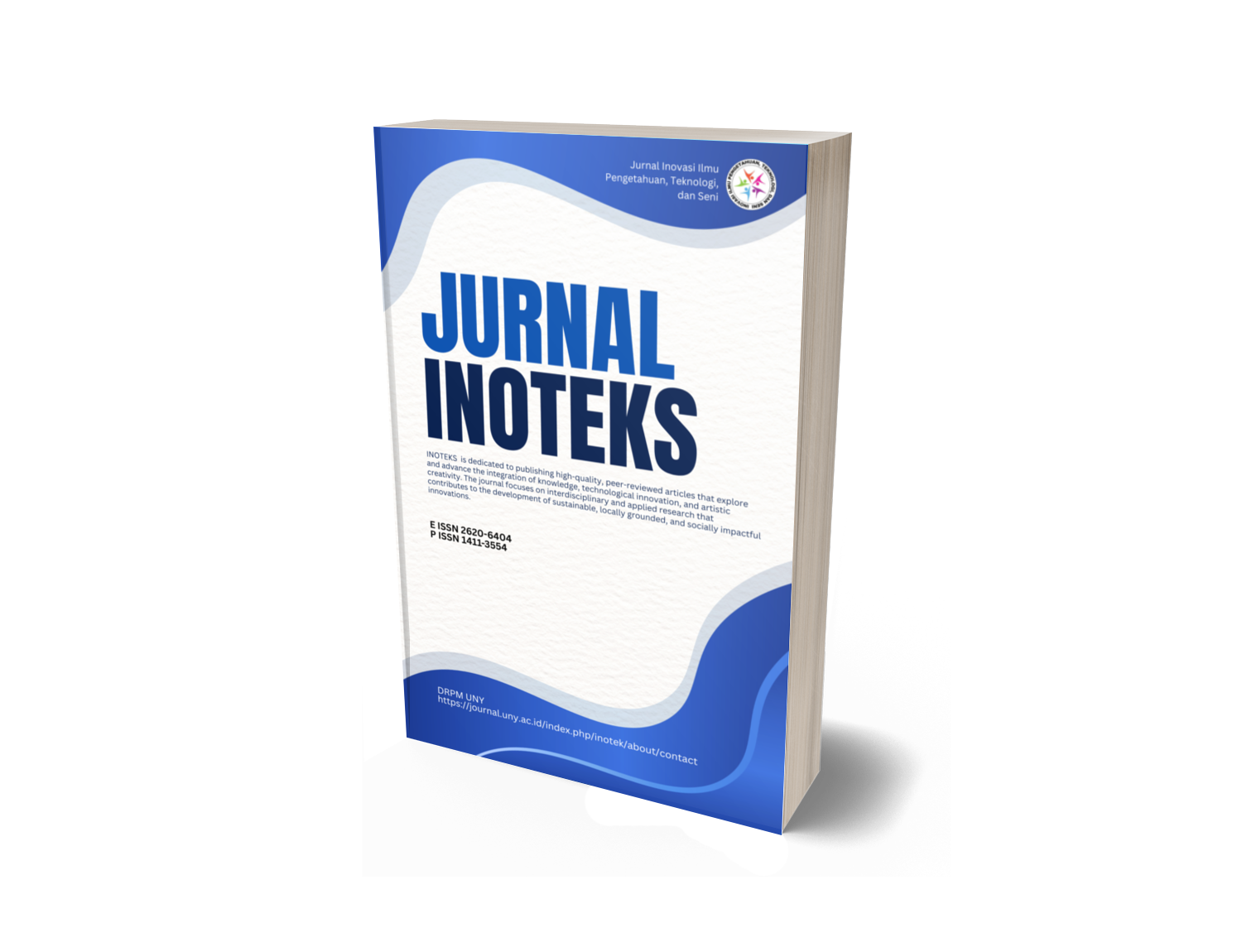PEMBERDAYAAN PETANI DALAM PEMBUATANPUPUK ORGANIK CAIR RAMAH LINGKUNGAN DARI SUMBERDAYA HAYATI DI LINGKUNGANNYA
DOI:
https://doi.org/10.21831/ino.v15i2.3239Abstract
Organic fertilizer is friendly to the environment. It can be made ofbioresources of the surroundings. The aims of this program were: 1) to givea course to the farmers to produce organic fertilizer; and 2) to see theeffectiveness of the course.The method of this programme was organizing a course for farmerswho lived at Pleret Village, Kecamatan Panjatan, Kulonprogo to produceorganic fertilizer from bioresources of their surroundings. They devided into5 groups and they all have practiced how to make N organic fertilizer, Porganic fertilizer, K organic fertilezer and bokashi fertilizer. They havepracticed how to aplly the organic fertilezer also.The result of the programme were: 1) The farmers have been giventhe knowledge and capability of producing organic fertilizer; and 2) Thecourse was effective.Keywords: empowering of farmers, organic fertilizer, bioresources
Downloads
Published
2011-08-11
How to Cite
Siti Umniyati, T. A. ,. (2011). PEMBERDAYAAN PETANI DALAM PEMBUATANPUPUK ORGANIK CAIR RAMAH LINGKUNGAN DARI SUMBERDAYA HAYATI DI LINGKUNGANNYA. INOTEKS: Jurnal Inovasi Ilmu Pengetahuan,Teknologi, Dan Seni, 15(2). https://doi.org/10.21831/ino.v15i2.3239
Issue
Section
Articles
Citation Check
License
- Authors certify that the work reported here has not been published before and contains no materials the publication of which would violate any copyright or other personal or proprietary right of any person or entity.
- Authors transfer or license the copyright of publishing to Jurnal Civics: Media Kajian Kewarganegaraan to publish the article in any media format, to share, to disseminate, to index, and to maximize the impact of the article in any databases.
- Authors hereby agree to transfer a copyright for publishing to Jurnal Civics: Media Kajian Kewarganegaraanas a Publisher of the manuscript.
- Authors reserve the following:
- all proprietary rights other than copyright such as patent rights;
- the right to use all or part of this article in future works of our own such as in books and lectures;
- use for presentation in a meeting or conference and distributing copies to attendees;
- use for internal training by author's company;
- distribution to colleagues for their research use;
- use in a subsequent compilation of the author's works;
- inclusion in a thesis or dissertation;
- reuse of portions or extracts from the article in other works (with full acknowledgement of final article);
- preparation of derivative works (other than commercial purposes) (with full acknowledgement of final article); and
- voluntary posting on open web sites operated by author or author's institution for scholarly purposes, but it should follow the open access license of Creative Common CC BY-NC-SA License.









